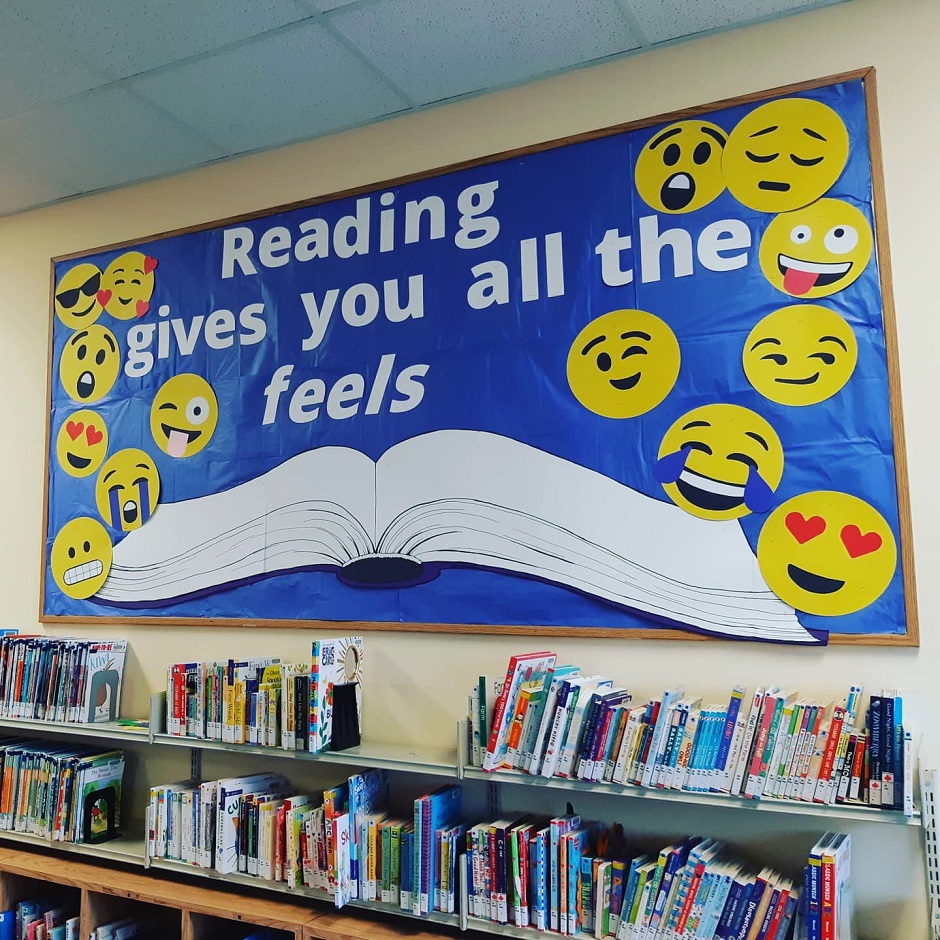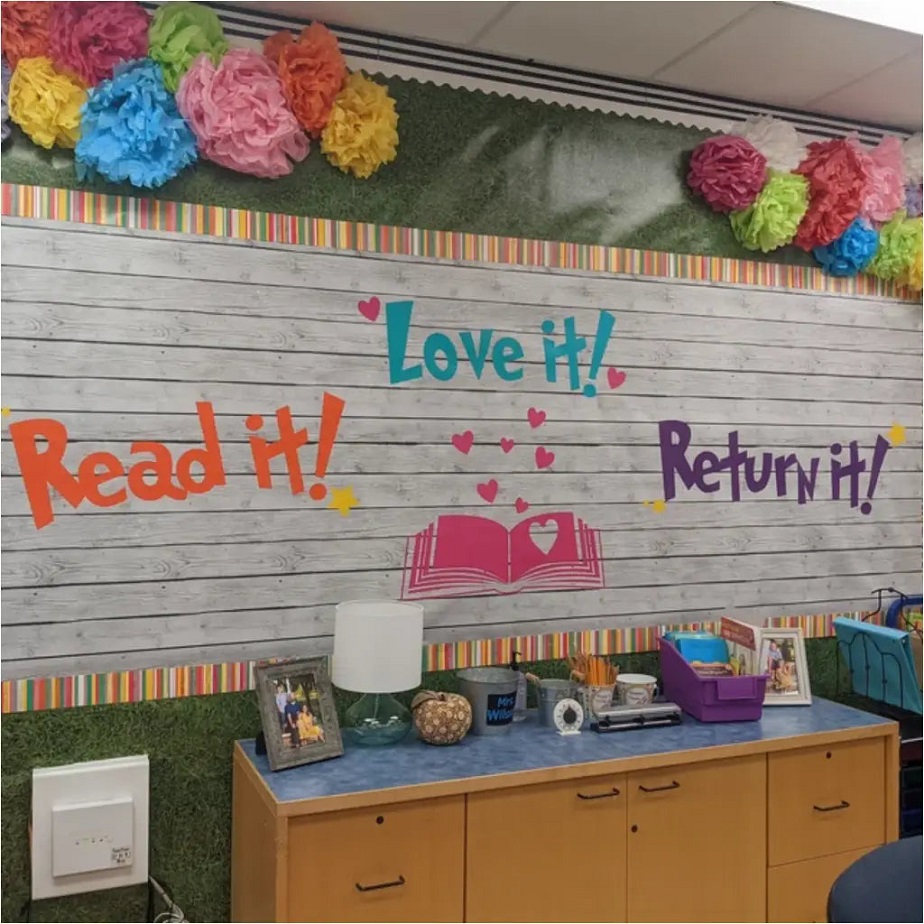Introduction to Bulletin Boards
Bulletin Board Ideas have been a staple in classrooms, community centers, and offices for decades. They serve a variety of purposes, from sharing important information to displaying creative work. Despite their simplicity, they have the power to engage, inform, and inspire. Whether you are a teacher looking to inspire your students, or an office manager aiming to improve internal communication, bulletin boards can be an invaluable tool.

Reading bulletin board ideas can seem like a mundane task at first, but it quickly becomes an exciting venture. The creative potential and the vast array of concepts and themes will immediately capture your interest. When you start to delve into bulletin board ideas, you realize that it’s not just about tacking papers to a wall. It’s about creating a vibrant, engaging space that captures the essence of the environment it’s in.
In this article, we will explore the ins and outs of reading bulletin board ideas. We will traverse through the importance of creative bulletin boards, innovative designs, practical implementations, and tips for maintaining engaging boards. By the end, you’ll be equipped with the knowledge and enthusiasm to create bulletin boards that pop!
The Importance of Creative Bulletin Boards
Bulletin boards serve as visual communication instruments. They are an interactive medium for delivering messages, fostering community, and showcasing creativity. In education, they can help reinforce learning concepts, celebrate achievements, and motivate students. In workplaces, they facilitate sharing vital information, recognizing employee contributions, and enhancing organizational culture.
A creative bulletin board grabs attention. A well-crafted bulletin board can draw viewers in, prompting them to engage with the content more actively. Bright colors, compelling themes, and innovative designs can transform a dull wall into an energizing focal point. This visual appeal is crucial in environments like schools, where keeping students’ attention is paramount.
Bulletin boards can also be a platform for collaborative efforts. In schools, students can participate in creating and maintaining bulletin boards. This involvement not only fuels creativity but also encourages a sense of ownership and teamwork. In workplaces, collaborative bulletin boards can be used for team projects, idea sharing, and collective problem-solving.
In addition to engagement, bulletin boards provide organizational value. They can be a tool for organizing information in a visual and easily accessible manner. Important dates, announcements, and procedural information can be efficiently communicated through bulletin boards. This organizational aspect helps in maintaining a seamless flow of information.
Finally, bulletin boards are adaptable. They can be tailored for various purposes and audiences. Whether it’s a thematic display for a seasonal holiday or a strategic board for an ongoing project, bulletin boards can evolve with the needs of the environment. This dynamic nature makes them a versatile and enduring choice for communication and engagement.
Types of Bulletin Boards and Their Uses
Educational Bulletin Boards
In the educational sphere, bulletin boards are ubiquitous. From elementary classrooms to university hallways, they are an integral part of the educational ecosystem. The uses of bulletin boards in classrooms are multitude.
Reinforcing Lessons
One of the primary uses of educational bulletin boards is to reinforce lessons. Teachers can use them to display key concepts, vocabulary words, or mathematical formulas. By continually seeing this information, students are more likely to internalize and recall it. Creative bulletin boards can transform these educational elements into eye-catching displays that stimulate learning.
Narrative boards are especially effective in language and literature classes. A bulletin board can be dedicated to a particular book or set of stories. Students can contribute by drawing scenes, writing summaries, or discussing themes and characters. This collaborative approach makes learning more interactive and enjoyable.
Celebrating Achievements
Another significant application is celebrating achievements. Recognition boards highlight student accomplishments, from academic achievements to extracurricular successes. Showcasing student work is a powerful motivator. When students see their hard work displayed, it instills pride and encourages continued effort. This positive reinforcement can foster a more enthusiastic and engaged classroom.
Promoting Values and Social Skills
Educational bulletin boards are also effective tools for promoting values and social skills. Themes around kindness, respect, cooperation, and diversity can be visually represented. This subtle yet persistent exposure to positive messages can significantly influence students’ behavior and attitudes.
Professional Bulletin Boards
In the professional sphere, bulletin boards can streamline communication and drive engagement.
Information Dissemination
One of the most practical uses is information dissemination. From important updates to project timelines, bulletin boards can convey critical information that everyone needs to see. This ensures that messages are communicated effectively and reach their intended audience.
Recognizing Employee Achievement
Another valuable function is employee recognition. A bulletin board dedicated to employee highlights can boost morale. Recognizing achievements, birthdays, work anniversaries, or special contributions can create a more inclusive and positive work environment. Employees who feel appreciated are generally more satisfied and productive.
Fostering Team Collaboration
Collaborative boards can also foster teamwork. Employees can use them to share ideas, track progress on collective projects, or brainstorm. This visual collaboration can facilitate more dynamic and effective teamwork, leading to better outcomes.
Community Bulletin Boards
In community settings, bulletin boards serve as central hubs for information sharing.
Community Announcements
Community announcements often find their home on these boards. Events, public meetings, and local initiatives can be publicized on community bulletin boards. This practice ensures that residents are well-informed and can participate actively in community life.
Sharing Resources
Bulletin boards can also be a place to share resources and opportunities. Job postings, volunteering opportunities, and local services can be showcased. This helps connect individuals with valuable opportunities and resources, fostering a stronger, more connected community.
Engaging Youth
Community bulletin boards often engage youth with dynamic and interactive content. Youth-specific events, achievements, and initiatives can be highlighted. This targeted engagement cultivates a sense of community belonging among younger members.
The Basics of Creating Bulletin Boards
Creating a bulletin board might sound straightforward, but some planning is necessary to make it truly impactful. Here are some steps and tips for crafting compelling bulletin boards.
Planning Your Bulletin Board
Define the Purpose
The first step is to define the purpose of your bulletin board. What message or information do you want to convey? This purpose will guide your design decisions and content choices. Whether it’s for educational reinforcement, employee recognition, or community information, having a clear goal is crucial.
Identify the Audience
Next, identify your audience. Understanding who will be viewing the board will influence its design and content. For example, a bulletin board for elementary school students will look very different from one in a corporate office.
Choose a Theme
Choosing a theme can help tie your board together. Whether it’s a seasonal theme, a subject-specific focus, or an abstract concept, a theme will give your bulletin board coherence and appeal. Themes make it easier to select colors, graphics, and overall design elements.
Designing Your Bulletin Board
Layout and Structure
Once you have a theme, think about the layout and structure. Plan where different elements will go. Balance is key; too much clutter can distract from the main message, while too much empty space can make the board look unfinished. Sketch a rough layout before you start tacking things up.
Color Scheme and Visuals
Color schemes and visuals are critical in making your board attractive. Bright, contrasting colors can draw attention, while harmonious colors can create a pleasing and cohesive look. Graphics, illustrations, and interactive elements can make the board more engaging.
Content Selection
Select your content carefully. Ensure that the information is relevant and concise. Use bullet points and short sentences for easy readability. Pictures, charts, and infographics can break up text and make information easier to digest.
Assembling Your Bulletin Board
Gathering Materials
Gather all your materials before you start assembling. This includes push pins, staples, tape, paper, borders, and any decorative elements. Having everything at hand will make the assembly process smoother and more efficient.
Arranging Elements
Start by arranging your key elements first, such as titles and main sections. Then add additional details like images, bullet points, and decorative items. Step back occasionally to assess the overall look and make adjustments as necessary.
Final Touches
The final touches include double-checking spelling and grammar errors, securing loose items, and ensuring that everything is aligned and balanced. These small details can make a big difference in the overall professionalism and impact of your bulletin board.
Innovative Bulletin Board Ideas
The possibilities for bulletin board designs are endless. Here are some innovative ideas to inspire you.
Interactive Bulletin Boards
Interactive bulletin boards engage viewers by inviting them to participate actively.
Question and Answer Boards
Question and Answer boards can be an educational tool. Pose a question related to your subject matter and provide space for students or employees to write their answers. This interactivity encourages engagement and critical thinking.
Goal-setting Boards
Goal-setting boards are motivational tools. Allow individuals to write down their personal or collective goals and track their progress. This can be particularly effective in both academic and professional settings.
Thematic Bulletin Boards
Thematic bulletin boards revolve around specific events or concepts.
Seasonal Themes
Seasonal themes keep your board fresh and relevant. Designs related to autumn, winter holidays, spring flowers, or summer activities can keep the bulletin board engaging throughout the year.
Awareness Campaigns
Awareness campaigns, such as mental health awareness, eco-friendly practices, or diversity promotion, can give significant content to your board. These boards can educate and motivate viewers to participate in broader societal efforts.
Digital Bulletin Boards
In this digital age, consider digital bulletin boards for a modern twist.
Electronic Displays
Electronic displays can cycle through various announcements, slides, and multimedia. This dynamic content can be more engaging than static boards and allows for real-time updates.
Online Bulletin Boards
Online bulletin boards can complement physical ones, especially in educational and professional settings. Platforms like Padlet or Trello can serve as interactive bulletin boards that users can update and engage with remotely.
Practical Tips for Maintaining Engaging Bulletin Boards
Creating a dynamic bulletin board is just the beginning. Regular maintenance and updates are crucial for keeping your bulletin board engaging.
Regular Updates
A static bulletin board can quickly become outdated and lose its appeal. Regular updates are essential to keep it fresh and relevant. Set a schedule to update your bulletin board at least once a month, or more frequently if needed.
Involve Others
Involving others in maintaining the bulletin board can bring in fresh ideas and perspectives. This collaborative approach can also reduce the workload for any single individual. Encourage students, employees, or community members to contribute content or design ideas.
Evaluate and Improve
Periodically evaluate the effectiveness of your bulletin board. Seek feedback from your audience to understand what works and what doesn’t. Use this feedback to make continuous improvements. Innovation and creativity can keep your bulletin board a vibrant and effective communication tool.
Conclusion: The Power of Bulletin Boards
Bulletin boards are more than just a place to pin papers. They are versatile tools that can engage, inform, and inspire their audience. The act of reading bulletin board ideas opens up a world of creativity and potential transformations.
Whether used in educational settings to reinforce learning and celebrate achievements, in professional environments to streamline communication and recognize contributions, or in communities to share resources and foster connections, bulletin boards play a pivotal role.
Creating impactful bulletin boards involves planning, creativity, and ongoing maintenance. By defining the purpose, understanding the audience, and innovating in design and content, anyone can create a bulletin board that stands out and makes a lasting impact.
Bulletin boards may seem simple, but their potential is limitless. Start reading bulletin board ideas today and unleash your creativity to transform spaces into vibrant hubs of information and inspiration.


